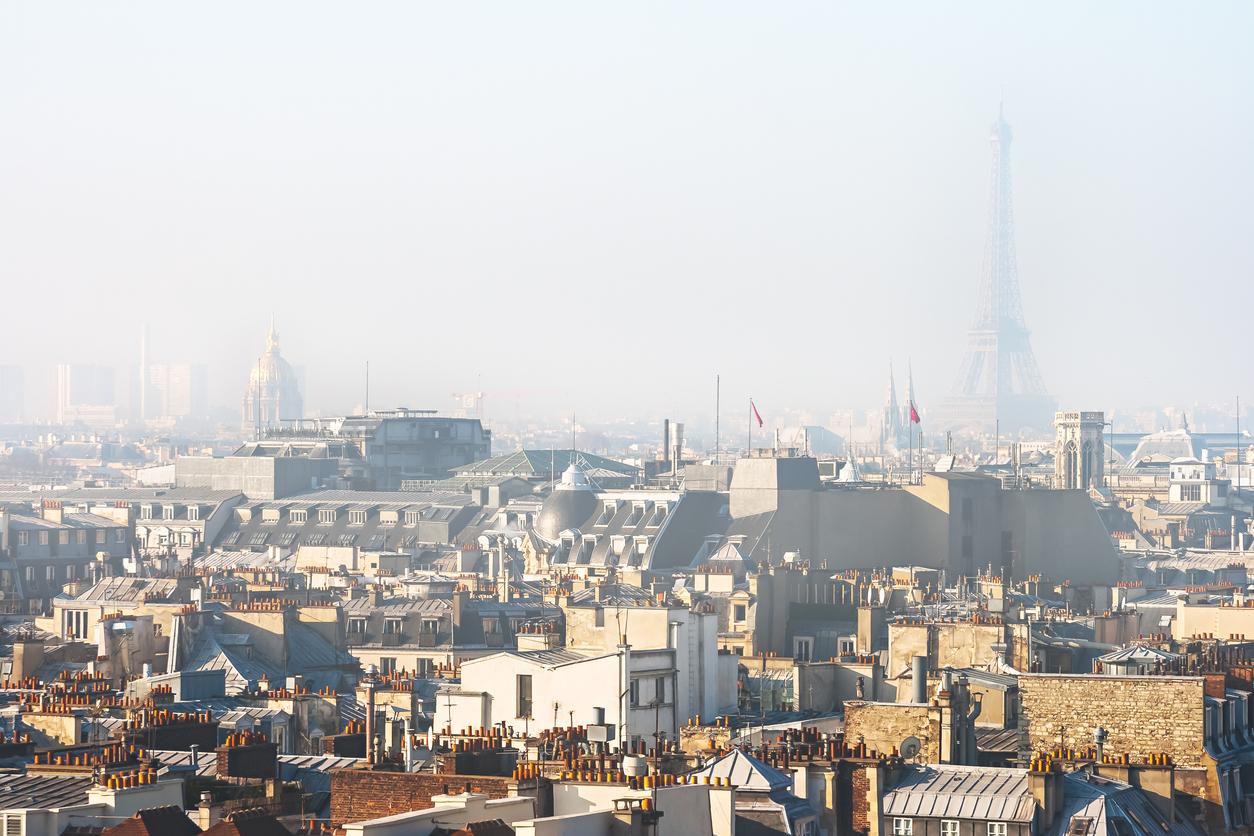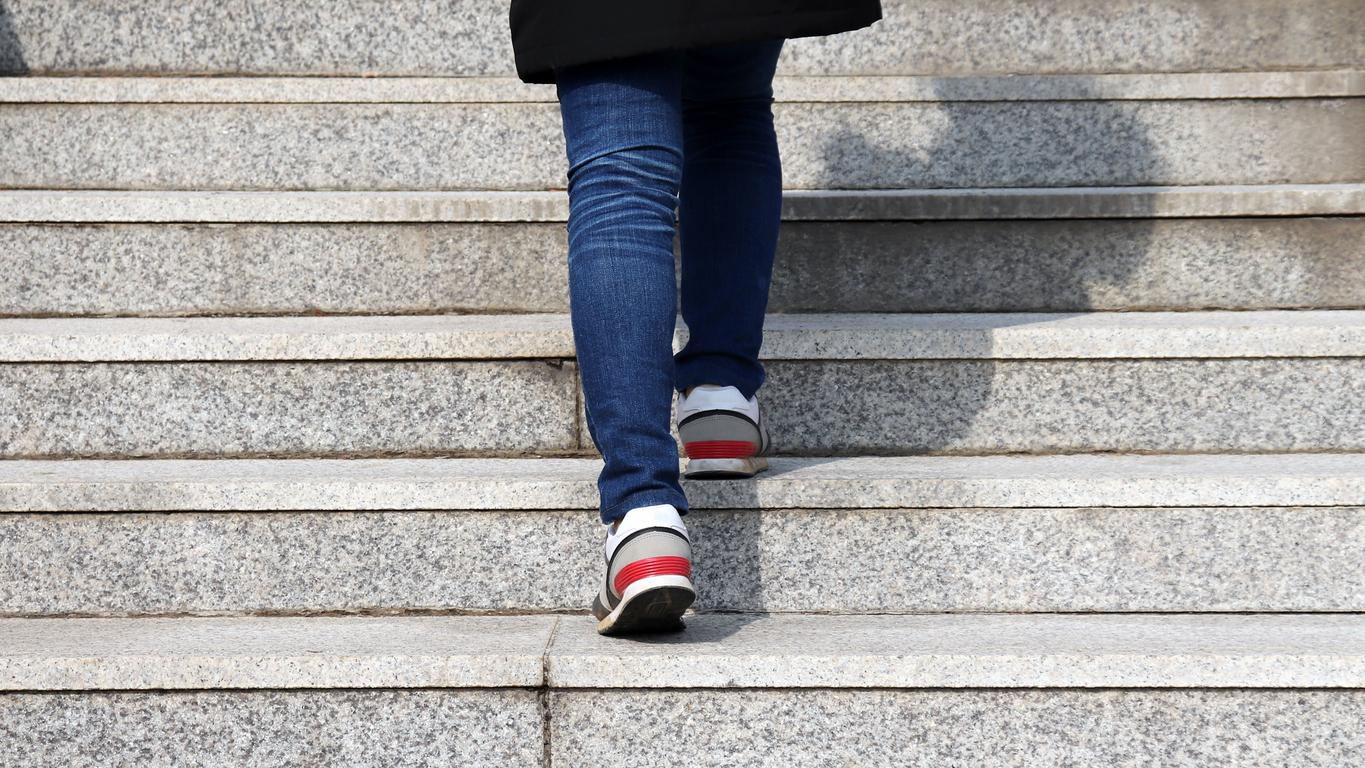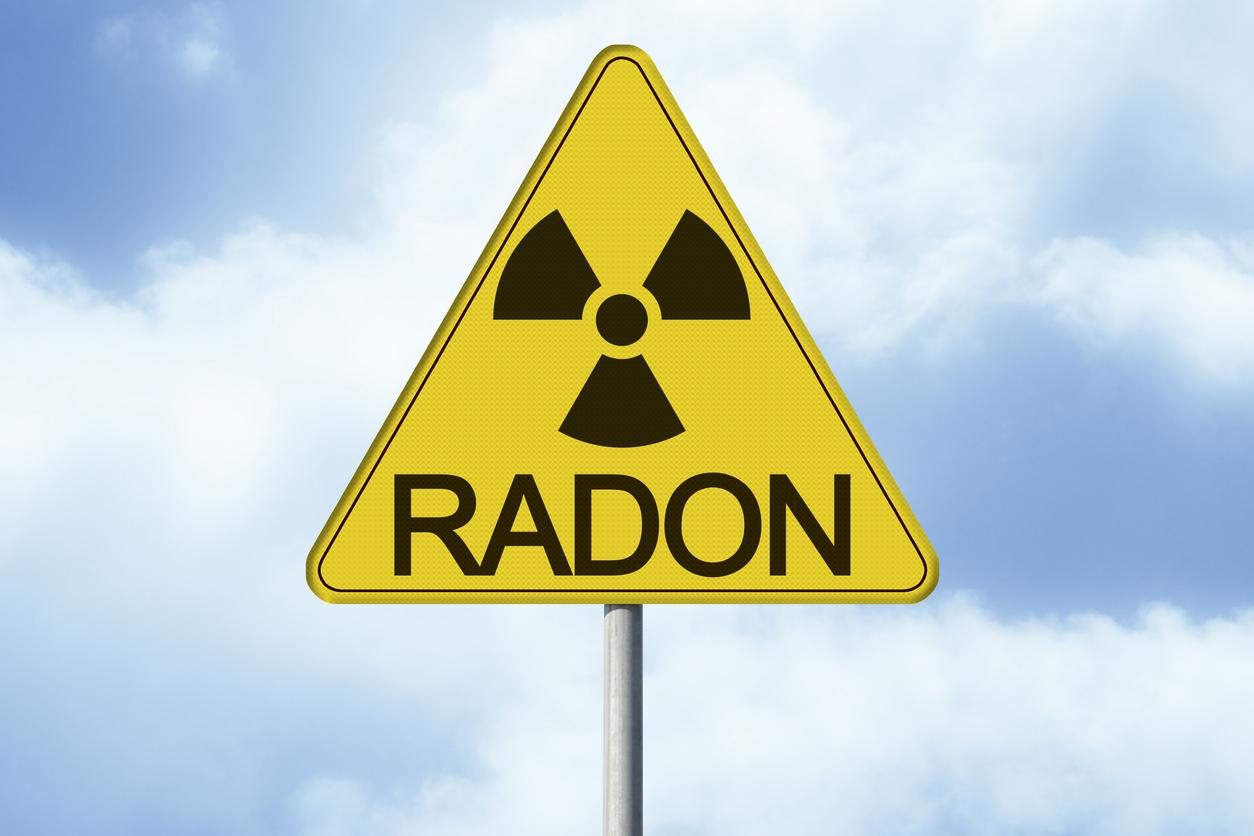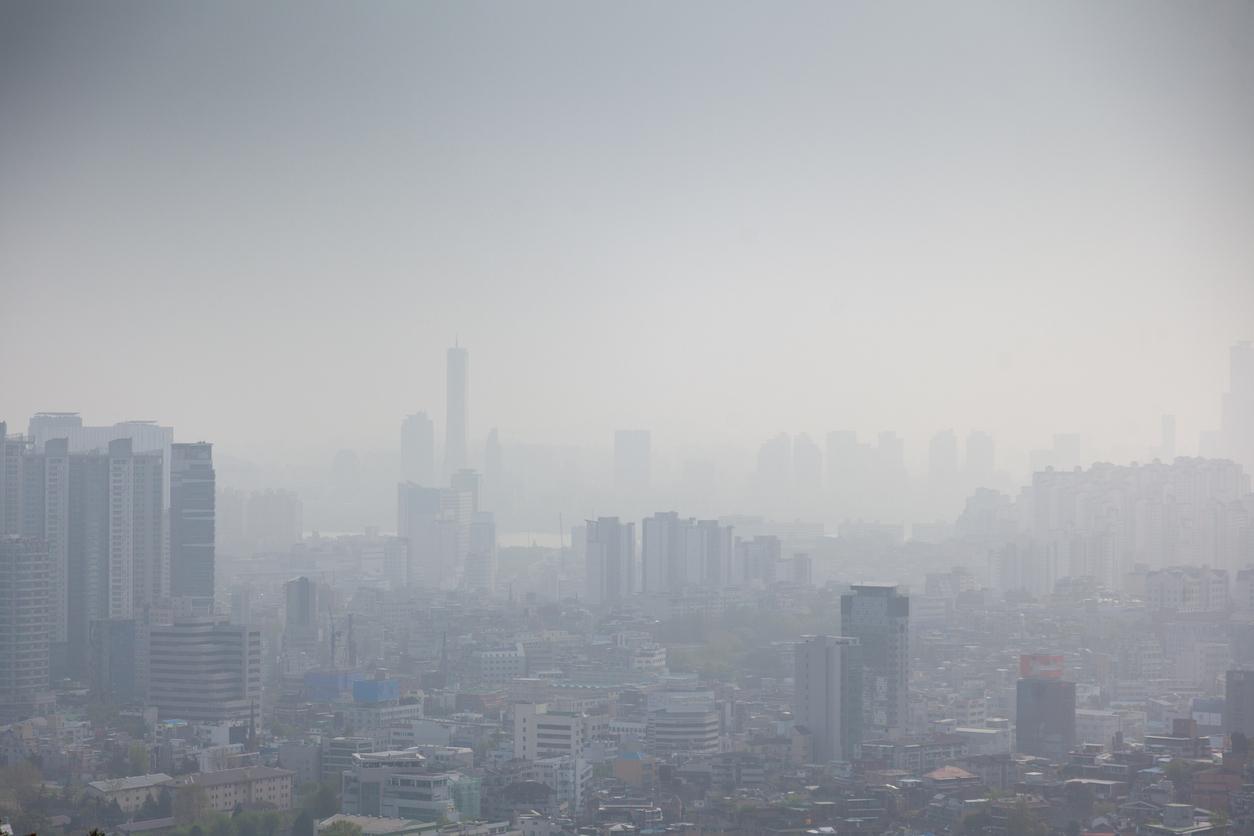Exposure to air pollutants could be responsible for the repeated increases in blood pressure.

- A mixture of five air pollutants is believed to cause a repeated rise in systolic pressure, which is the pressure in the arteries when the heart contracts or beats.
- Ozone and soot carbon stand out as the most important contributors to its increase.
- When exposure to pollution is observed for more than five minutes, the association is weaker.
It affects 1.28 billion people aged 30 to 79 worldwide, according to the World Health Organization. Hypertension is an excessive increase in pressure in the arteries. Previous research has revealed that air pollution was a determining factor in this abnormal increase in blood pressure and could, therefore, promote the onset of this chronic disease. But these last “did not take into account the effect that mixtures of air pollutants may have on blood pressure”, reported an international team of researchers, including scientists from Inserm and Sorbonne University.
Check blood pressure every 30 minutes
To learn more about the impact of a mixture of particles and gases on health, they focused on five air pollutants, namely carbon soot, nitrogen dioxide (NO2), nitric oxide (NO), carbon monoxide (CO) and ozone (O3). As part of a study, the authors recruited 221 French people. For one day, each adult wore sensors evaluating the concentrations of pollutants. The team also measured their blood pressure every 30 minutes in order to observe the delay between variations in the concentration of pollutants in the ambient air, the estimated quantity of inhaled pollutants and their potential impact on blood pressure.
Blood pressure: being exposed to airborne pollutants would cause an immediate rise
The scientists found an elevation in systolic pressure (the pressure in the arteries when the heart contracts or beats), when the concentrations of all pollutants increased in the five minutes before the blood pressure measurement. According to the results, published in the journal Environmental Researchozone, and black carbon were most strongly associated with this elevation.
“We observe that the association is weaker when the exposure is observed over exposure windows greater than 5 minutes, which testifies to the immediacy of the rise in blood pressure in response to an increase in concentrations. in air pollutants in the studied mixture (…) These repeated increases in blood pressure linked to exposure to air pollutants in urban environments during travel could contribute, month after month and year after year, to a chronic elevation of blood pressure”, explained Basile Chaix, author of the research.
Pollution: “the implementation of public policies aimed at reducing exposure”
In a statement, the authors point out that these results should still be interpreted with caution. Those data “argue in favor of taking air pollution into account as a cause of hypertension and for the implementation of public policies aimed at reducing exposure to this pollution in everyday life and in particular at reducing that resulting from road traffic in the heart of our cities”, concluded Basile Chaix.


















